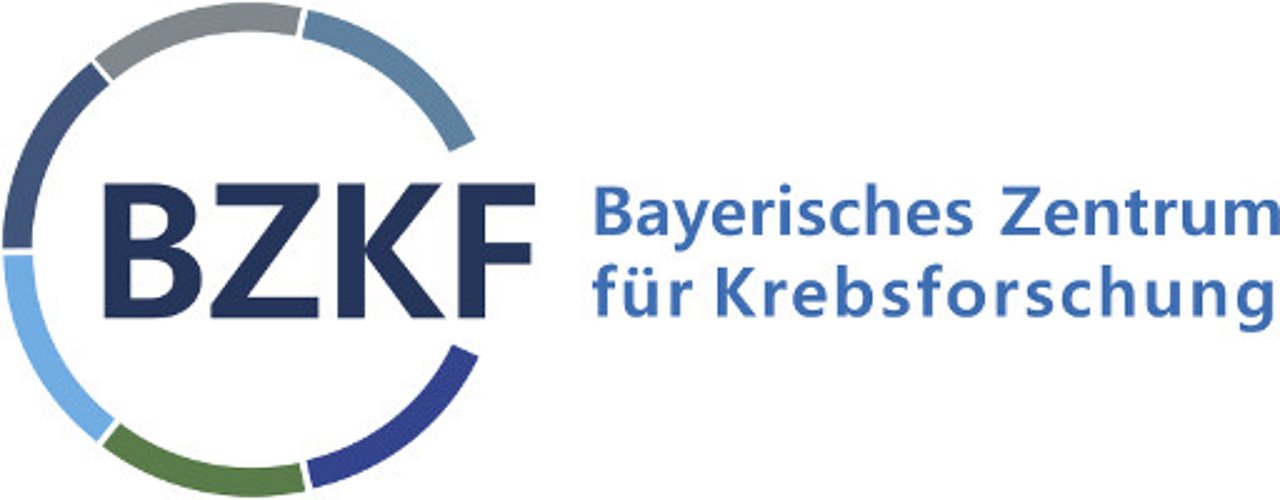Myasthenia Gravis
Myasthenia gravis, translating to grave muscle weakness, is an inflammatory neuromuscular autoimmune disease which interferes with communication between nerves and muscles. Antibodies block the transmission of impulses at the interface between nerves and muscles known as the neuromuscular junction, causing muscles to receive the signals only weakly or not at all. This leads to periods of muscle weakness that worsen after physical activity and can affect all skeletal muscles. It tends to get worse over the course of the day, with movements becoming weaker and less precise. If the disease is not treated, muscles become progressively weaker, eventually leading to muscular atrophy, which can become life-threatening in advanced stages of the disease.
The disease can occur at any age. However, it tends to affect women more between the ages of 20 and 40, and men aged between 50 and 80. Rarely, the disease begins in early childhood.
Experts believe that approximately 15 in every 100,000 people in Germany are affected by this inflammatory neuromuscular autoimmune disease.
Cooperation Partner
Neurologie
What causes myasthenia gravis?
Scientists suspect there is a connection between the autoimmune disease and pathological changes to the thymus, or thymus gland. The immune system develops and matures in the bone marrow and thymus during childhood and adolescence.
The thymus is located in the mediastinum above the pericardium, reaching from the collarbone to the fourth pair of ribs. This is where lymphocytes receive their immunological properties and undergo a selection process. Thymus hormones stimulate the maturation of T cells, which have an important role to play in the immune system by fighting off pathogens. However, the thymus gland is only active during childhood and adolescence. After completing the maturation and selection processes, T-lymphocytes remain which have learnt to differentiate the body’s own tissue from foreign tissue based on surface structures. This allows them to identify and attack parasites, bacteria, tumour cells or viruses.
Myasthenia gravis leads to proteins known as antibodies being produced within the body. These prevent the neurotransmitter acetylcholine from binding to its receptor in the muscles.
70% of patients have increased activity in the thymus gland, known as thymitis. Approximately 10% of patients have a tumour in their thymus, also referred to as a thymoma.
Factors affecting the severity of symptoms include infections, environmental influences, mental problems and stress, inflammations and pre-existing illnesses.
However, a connection with these factors has not yet been proven.
Symptoms: What complaints are typical for myasthenia gravis?
The symptoms of the inflammatory neuromuscular autoimmune disease vary greatly from one patient to another. However, symptoms typically get worse with physical activity and become more prominent towards the evening.
The most common complaints include double vision due to weakness in the eye muscles aggravated by movement, and droopy eyelids. If only the external eye muscles are affected, the condition is known as ocular myasthenia.
Patients also often experience difficulties with speaking and swallowing due to weakness in throat muscles. If throat or respiratory muscles are affected, this increases the risk of a myasthenic crisis, a life-threatening medical emergency which arises when respiratory muscles seize up or patients experience serious difficulties swallowing. A myasthenic crisis can be triggered by acute infections, inadequate treatment or certain medicines.
Patients also often experience shortness of breath, and have to pause frequently to take a breath while speaking. Many patients also report difficulties chewing tough or hard food. The affected muscles become exhausted quickly after activity.
If all skeletal muscles are affected, the condition is known as generalised myasthenia gravis.
Treatment: How can the Deutsches Zentrum Immuntherapie (DZI) help with myasthenia gravis?
Although there is no cure for the illness, medication is available which improves the transmission of signals between nerves and muscles and thereby alleviates symptoms. It can also have a positive effect on the progression of the disease. The DZI takes an interdisciplinary approach and works together with the various clinics to treat the disease using immunotherapy. Immunotherapy suppresses the production of harmful antibodies.
If a tumour is detected in the thymus, medical treatment is usually not enough and surgery is unavoidable.
owever, if the inflammatory autoimmune disease is diagnosed and treated with medication at an early stage, patients can live a virtually normal life. Various active substances are available:
Cortisone
Cortisone is one of the standard treatments. The hormone, which is also produced by the body itself, is used to suppress the excessive activity of the immune system.
Immunosuppressive drugs
These drugs slow down the production of antibodies. When given over the long term, they tend to have fewer side effects than cortisone. However, it takes a while until they start to take effect.
Acetylcholinesterase inhibitors
This substance slows down decomposition of the messenger substance acetylcholine, thereby improving the transmission of signals from nerves to muscles.
Biopharmaceuticals
Innovative monoclonal antibodies such as rituximab und eculizumab specifically intervene in pathological processes and can lead to a lasting positive outcome if certain prerequisites are met.
Do you have any questions on the treatment of myasthenia gravis? Please feel free to get in touch with us by phone, e-mail or via our contact form.




